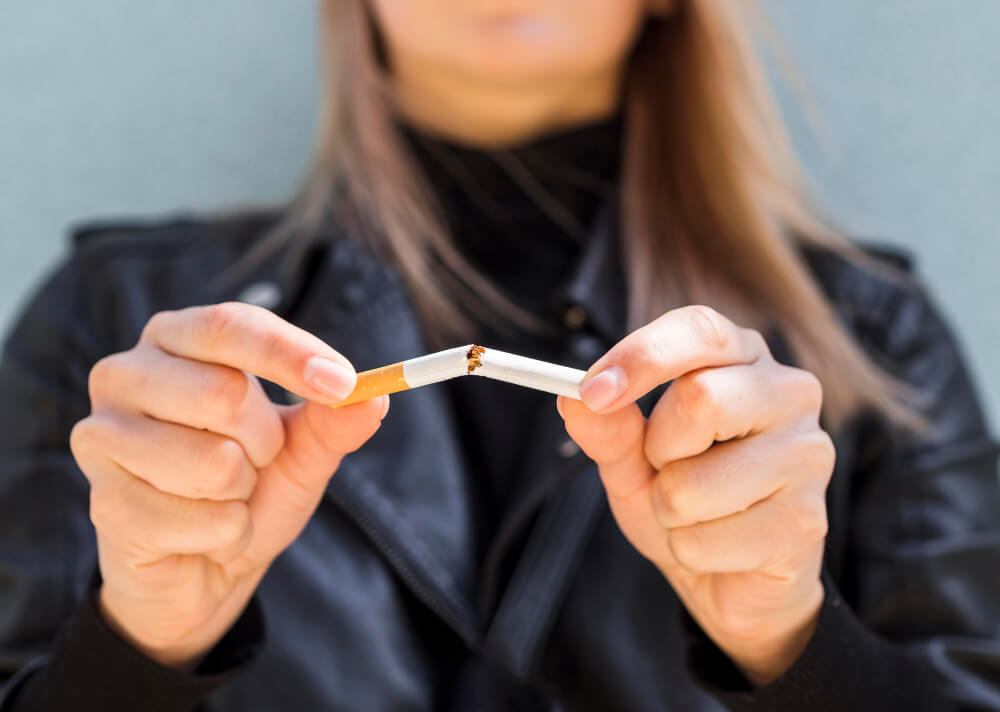
Newsletter Subscribe
Enter your email address below and subscribe to our newsletter

Enter your email address below and subscribe to our newsletter

Key Takeaways
A root canal treatment is essential when the soft center of your tooth, known as the pulp, becomes infected or inflamed. The procedure begins with your dentist numbing the affected area to ensure comfort.
They will then create a small opening in the top of the tooth to access the pulp. Infected pulp is removed, and the inside of the tooth is carefully cleaned and disinfected. Finally, the tooth is filled with a biocompatible material called gutta-percha and sealed with a temporary filling.
A follow-up appointment is typically scheduled to place a permanent crown or other restoration on the tooth to protect and restore it to full function.
Avoid smoking after a root canal treatment. Smoking can interfere with the healing process, increasing the risk of developing complications such as infection or delayed healing.
If you’re a smoker, this is a good opportunity to quit smoking altogether, starting with abstaining during the critical healing period.
Smoking significantly contributes to various dental problems, including gum disease, tooth loss, tooth infections, and the increased likelihood of needing root canal treatment.
The chemicals in tobacco products can cause gum inflammation, reduce blood flow, and impair your body’s ability to fight infections, which can exacerbate dental issues and complicate treatment outcomes.
Smoking reduces the blood flow necessary for healing, decreases the supply of oxygen to healing tissues, and increases inflammation. These factors collectively impair the healing process after a root canal and can lead to complications such as dry socket, infection, and prolonged discomfort.
Ideally, you should refrain from smoking for at least 72 hours after a root canal procedure to allow the initial healing to occur. The longer you can avoid smoking, the better the healing process will be. Consider this a chance to permanently quit smoking, benefiting your oral and overall health.
Smoking following a root canal treatment can jeopardize your recovery and the success of the procedure. It increases the risk of infection, interferes with the healing of your gums and the surrounding tissues, and can lead to further complications. For optimal healing and to protect your investment in your dental health, it’s best to abstain from smoking following the procedure.
Smoking after a root canal can hinder the healing process, increase discomfort, and elevate the risk of infection. The chemicals in tobacco can irritate the affected area, potentially leading to complications such as delayed healing or even failure of the root canal treatment. It’s best to avoid smoking to ensure a smooth recovery.
No, dry socket does not occur from smoking after a root canal. Dry socket is a specific complication related to tooth extractions, particularly when a blood clot at the site of a tooth removal is dislodged. However, smoking after a root canal can still impair healing and increase the risk of other complications by affecting blood flow and introducing harmful substances to the gums and bloodstream.
After a root canal, you should avoid chewing on the treated side until it has a permanent filling or crown. Refrain from eating hard and sticky foods that can dislodge temporary fillings or damage the tooth. Smoking should also be avoided as it impairs healing and increases the risk of infection. If you experience significant pain, swelling, or ongoing symptoms, contact your dentist immediately.
Dry socket is a complication that specifically arises after a tooth extraction, not after a root canal. To promote healing after a root canal, follow good oral hygiene practices, avoid smoking, and refrain from eating hard or sticky foods. Also, ensure to follow your dentist’s specific aftercare instructions, which may include proper cleaning techniques and avoiding certain activities to prevent infection and promote healing.
Fact Checked
Our dedicated team rigorously evaluates every article and guide to ensure the information is factual, up-to-date, and free of bias.
Updated Regularly
We update our articles and reviews regularly to ensure you have access to the latest data in the dental industry.
The content on Dental3DU’s blog is intended for educational purposes only. This information should not be relied upon as professional medical counsel. Be sure to always consult with your dentist about the dangers and benefits of any medication, treatment or procedure.
Dental articles in your inbox. Subscribe